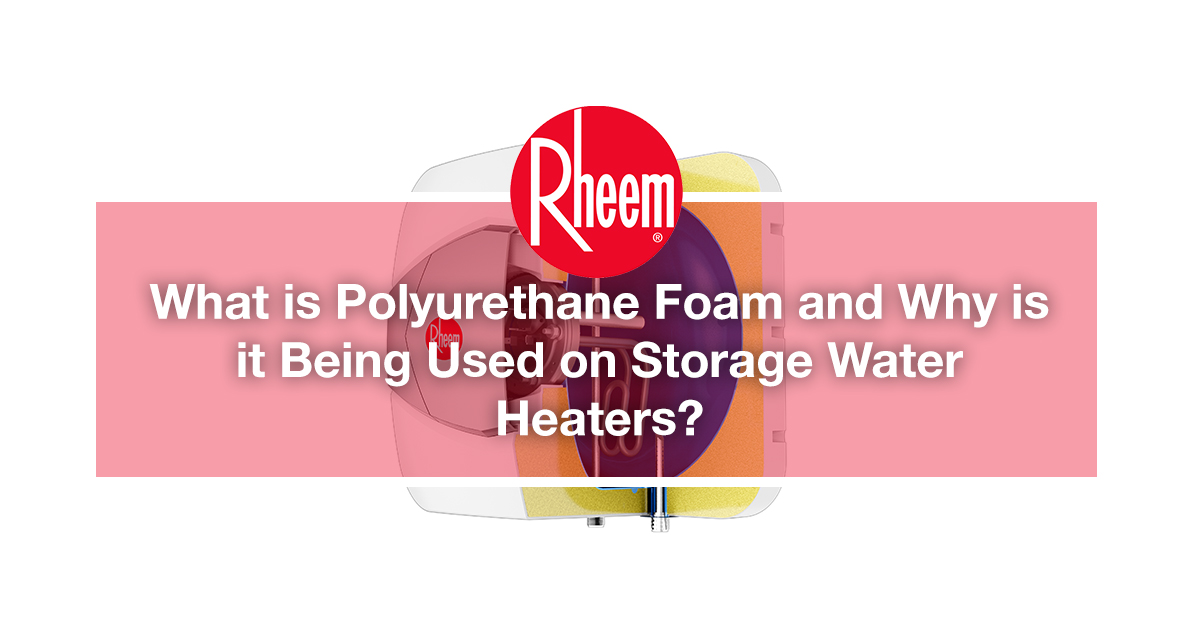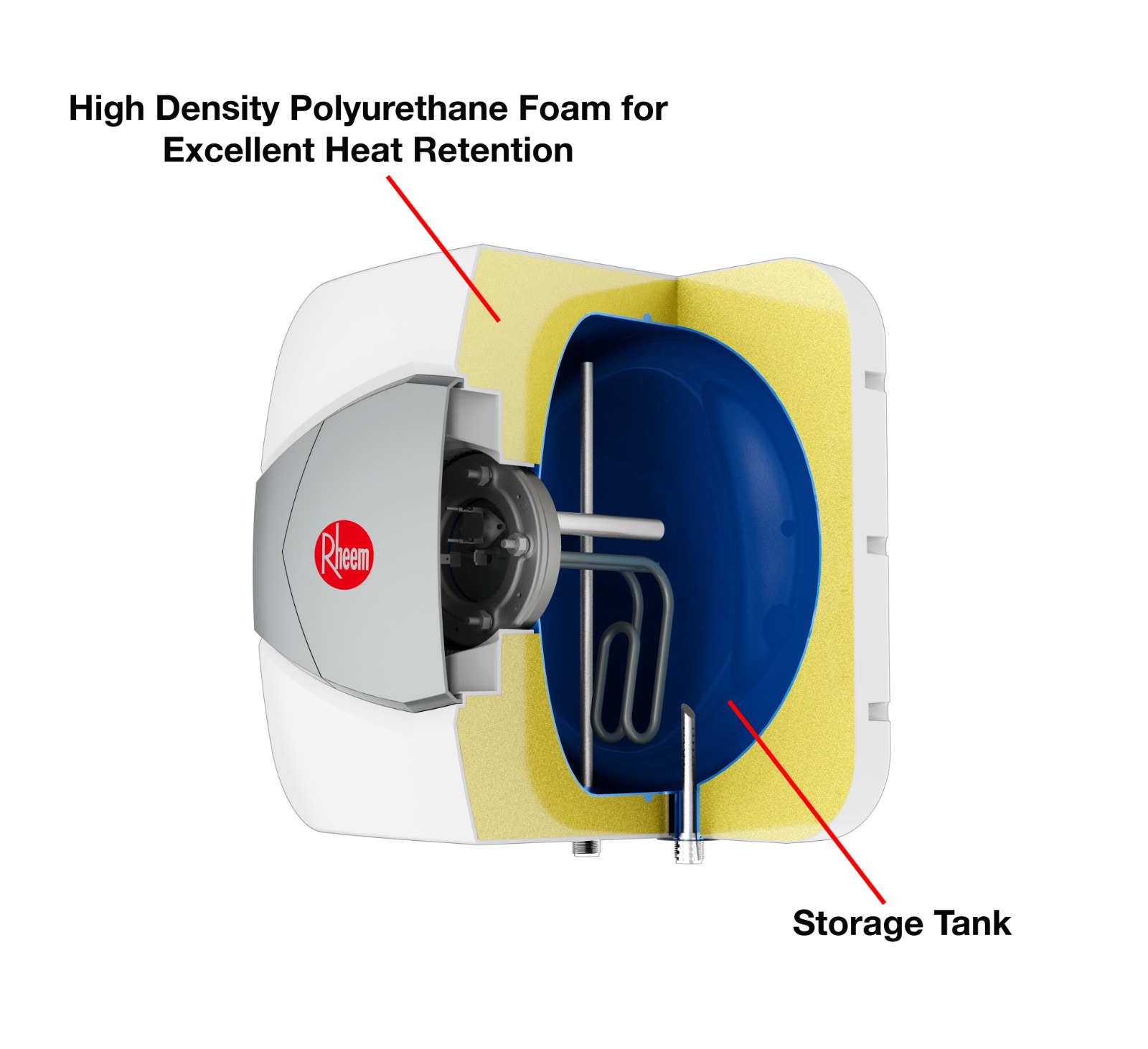
We are in an era when energy conservation is of paramount importance. Nowadays, manufacturers are always experimenting with new ways to improve the energy-saving performance of domestic thermal apparatus. Not that we’re complaining, because decreasing energy expenditure at home isn’t just good for the environment—it can do wonders to your energy bill too.
Most of us undoubtedly love a warm shower—and that puts storage water heaters at the top of the most-commonly-used-domestic-devices list. Storage water heaters are water heating appliances that come with a storage tank, where water is heated in the storage tank.
While there’s nothing wrong to leave your storage water on for 24/7, you might want to consider turning it off every once in a blue moon. Doing so can help to reduce your electrical bills, and to also prolong the lifespan of your storage water by giving its heating element a break.
This is where polyurethane foam comes into play. You may not be familiar with this term, but in fact, this mysterious material does have a pretty important role in our storage water heaters, and it can have a huge impact on how it makes your water heater safe and power-saving. Let us walk you through what polyurethane foam is, and how it’s a vital component of Rheem’s storage water heaters.
Polyurethane foam, as a blanket term, refers to any foam that is a synthesis of polyol and diisocyanate. Some of them are memory foam (yes, like those body-supporting mattresses), high resilience foam, and high-density foam. Polyurethane foam is usually non-toxic, hypoallergenic, and does not easily degrade over time. One of the key qualities of polyurethane foam is its ability to retain and trap heat for long periods of time.
After extensive studies and tests, Rheem discovered that high-density polyurethane foam beats any other materials in fitting our storage water heaters to retain heat for an extended duration. For this reason, a generous layer of high-density polyurethane foam is applied to the external surfaces of the storage water heaters.
 When water is heated in the storage tank, the heat would stay in the storage tank for as long as possible, thanks to the high heat retention quality of the polyurethane foam.
When water is heated in the storage tank, the heat would stay in the storage tank for as long as possible, thanks to the high heat retention quality of the polyurethane foam.
Simply put, the usage of high-density polyurethane foam on our water heater means lower amounts of energy in the long term, which can mean lower bills (and more moolah in your pocket). And let’s not forget about durability—giving the heating element in your storage water heater a break every now and then can go a long way to help the heating element to extend its lifespan.
Here’s how you can understand the entire relationship better: When water is heated in a storage tank that is veiled with high-density polyurethane foam, the water stays heated a lot longer. That also means you can afford to turn off your storage water heater when you don’t need to use it. Because water is already warm in the storage tank, the next time you need to use your storage water heater, you can reduce the time needed to wait for water to be heated up, thus lowering your utility bill.
To find out more about our electric storage water heaters, click here.
Subscribe

At Rheem, we strive to innovate
best-in-class products to lead the industry
in
environmental improvements.
Sustainability

